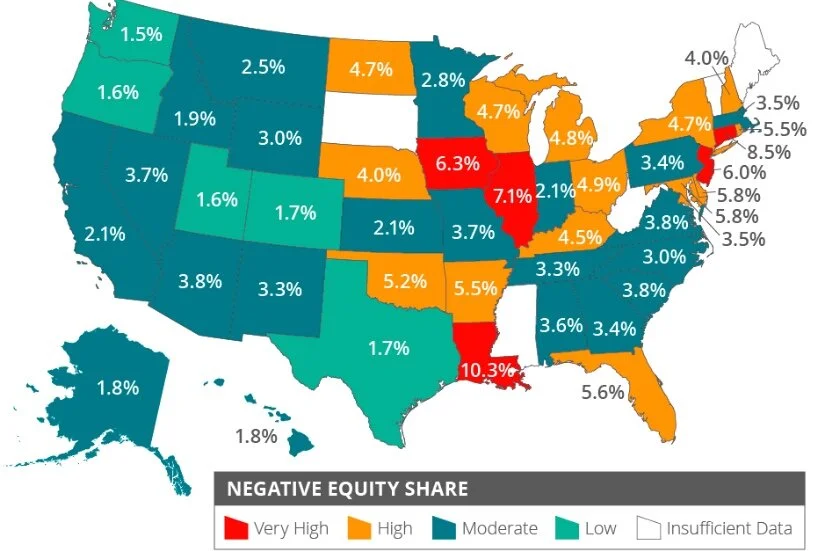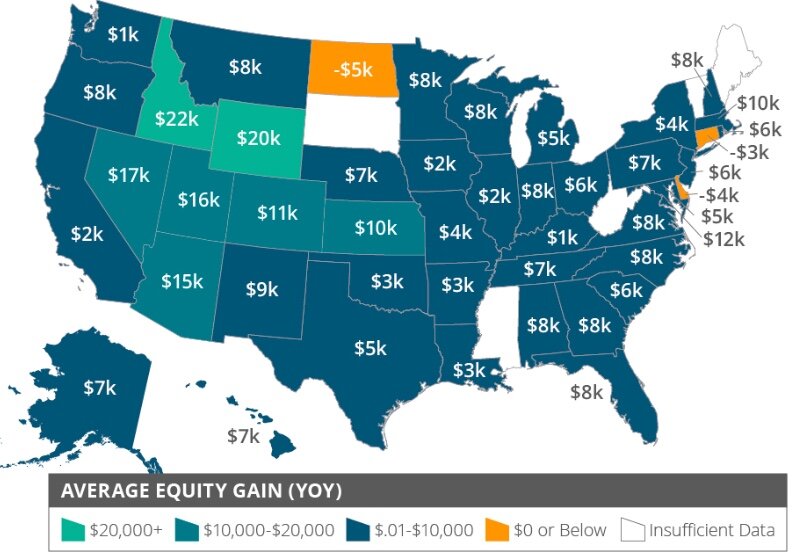Please click here for the full monthly newsletter.
It's Still a Great Time To Sell!
October Statistics
The absorption rate has dropped but is still at 47.6% mostly because of the town of Napa again which had a 54.7% absorption rate. As a reminder, typically rates below 15% indicate a buyer's market and above 20% is a seller's market. While this is a seller's market, the interest rates are still at historic lows which makes it a great time to buy as well! If you are considering buying and will need a mortgage, I would highly recommend reaching out to a mortgage lender for prequalification. This way you will be prepared and have one up on other buyers.
In October total homes for sale was down 31.7% (106 homes) but the total sold was up 14.9% (15 homes). The number of pending sales was also up 23% (17 homes). The average sold amount was down 7.6% ($126k on average) but the average dollar per square foot was up 34% (on average of $203). The average days on market was up 26.1% (117 days this year at 93 last year). To get a better understanding of the right time to buy/sell, click here for a breakout by town.
Today's Rates (please check with your lender as these change regularly):
30 Yr FRM 2.92%
15 Yr FRM 2.42%
FHA 30 Year Fixed 2.38%
Jumbo 30 Year Fixed 3.28%
5/1 ARM 2.74%







